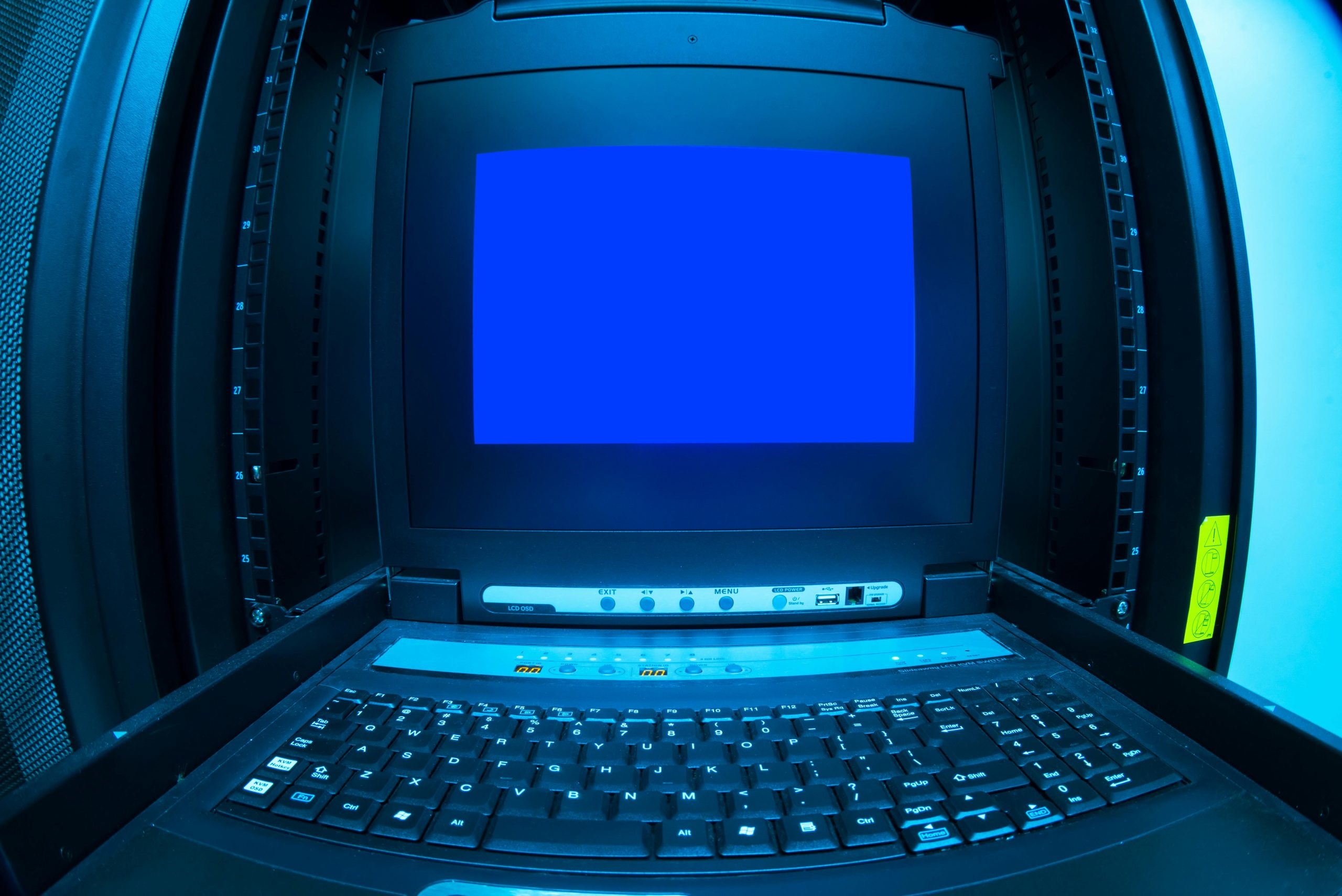Understanding and Troubleshooting Kernel Power Error 41 on Your PC
Experiencing sudden shutdowns and persistent errors can be incredibly frustrating, especially when your computer crashes frequently and hampers your productivity. One common error that many Windows users encounter is the “Kernel Power Error 41,” which indicates unexpected shutdowns or reboots. If you’re facing this issue, particularly after noticing the error message related to driver failures such as “\driver\wudfrd failed to load for the device root\display\0000,” you’re not alone. This article aims to guide you through understanding the problem and offers steps to troubleshoot and resolve it.
Recognizing the Issue
Over the past couple of weeks, some users have reported their systems crashing during high-demand activities like gaming. Initially, the problem might have appeared during intensive tasks, but it has since escalated to the point where virtually any application causes a crash within seconds of booting into Windows. This often results in system instability, making troubleshooting particularly challenging because the system crashes before diagnostics or logs can be retrieved.
Common Symptoms
- Unexplained system shutdowns or restarts
- Error message: Kernel Power 41 (Event ID 41)
- Driver load failures (e.g.,
\driver\wudfrd failed to load) - Inability to run diagnostics tools such as Event Viewer or online browsers without crashing
- Reduced usability, with system instability even during light tasks
Your System Specifications
Here’s a quick overview of your hardware setup:
– Processor: AMD Ryzen 9 5900X
– Motherboard: Gigabyte B550 GAMING X V2
– Memory: Corsair Vengeance RGB 32 GB DDR4 @ 3600 MHz
– Storage: Samsung 990 Pro NVMe SSD (1 TB, PCIe 4.0)
– Graphics Card: Gigabyte GeForce RTX 3070 Gaming OC LHR
Initial Troubleshooting Steps
Given the severity of your symptoms, especially as the system crashes before any troubleshooting tools can be utilized, initial steps are crucial:
- Boot into Safe Mode
- Restart your PC and repeatedly press F8 or Shift + Restart (depending on Windows version) to access recovery options.
- Choose “Troubleshoot” > “Advanced options” > “Startup Settings” > “Restart.”
- Once restarted, select “Safe Mode” to see if the system remains stable.
2
Share this content:



